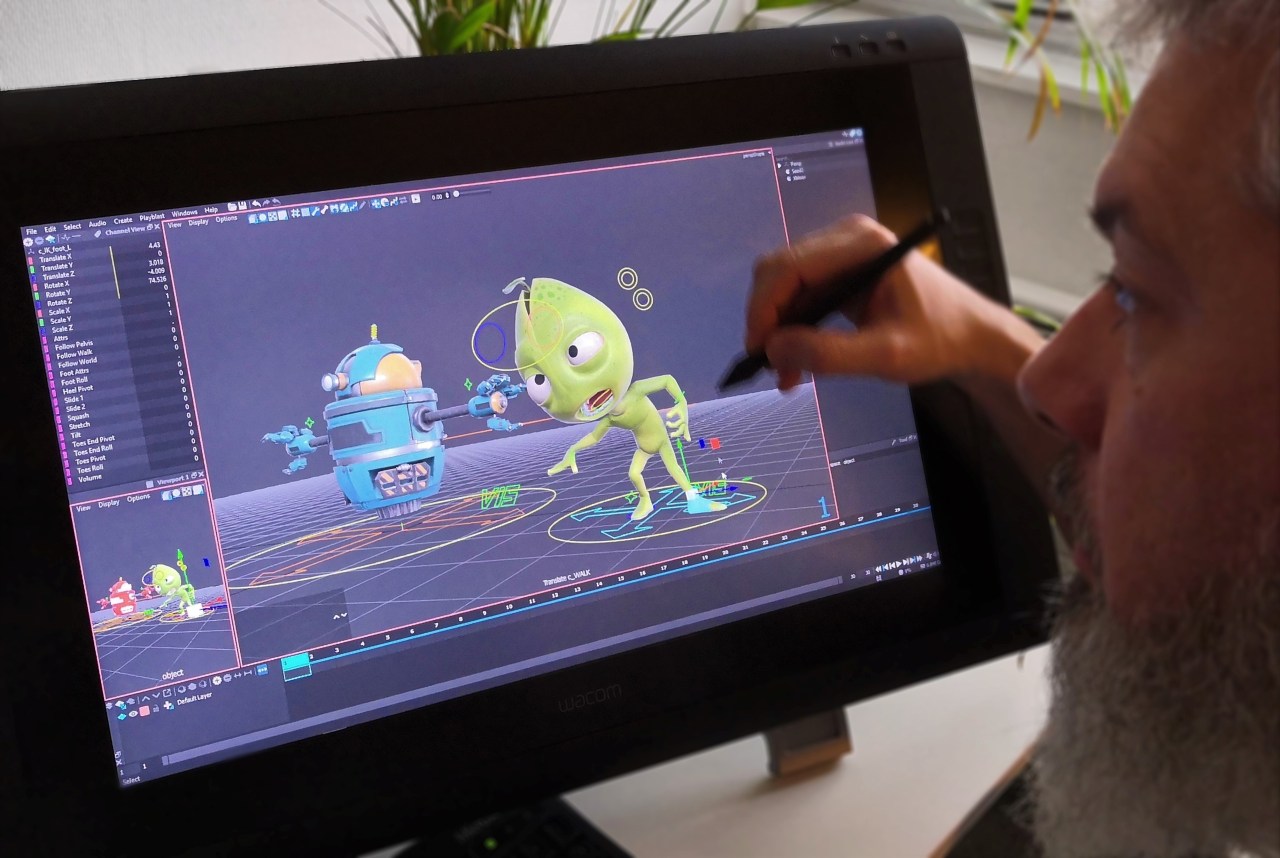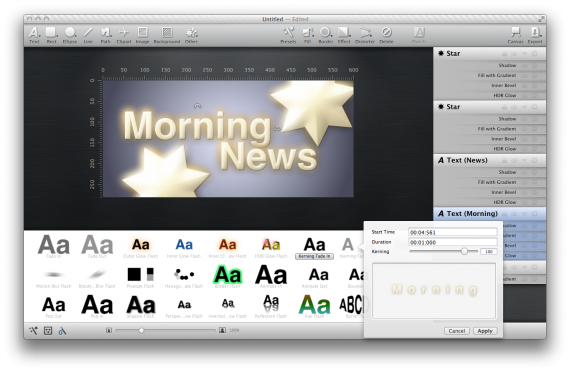

As any experienced Production Designer would tell you-by delving into the characters, the story will tell you how to approach the design. We prefer to call it “believability.” Taking advantage of reality, but caricaturing it to our needs. Many people think that our goal with CG design is to “look as realistic as possible.” At Pixar, that has never been the case. Audiences want to focus on the acting and the story-so the designs need to be well thought out and flexible enough to achieve whatever is called for from every angle. We work closely with the animators to make sure each character is designed to do what is called for in each scene. We also have to design our actors-the characters, including their costumes and hair.

Luckily, the characters and storytelling were strong enough to bring the audience along! In 1993, on “Toy Story,” we didn’t have things we now take for granted, like atmosphere, back lighting, depth of field, cloth simulation, interactive lighting this forced great creativity! There were a number of limitations regarding the world we could create hard surfaces, plastic, metal – the materials inherent to toys – were a challenge to render believably. Quite simply, everything you see on screen is designed and created entirely from scratch- from concept design, to building, shading, lighting, simulation of cloth and hair, and animated performances- nothing is free. The first question is often followed by, “What is the difference between ‘animation’ Production Design and ‘live action’ Production Design?” He talked about his process-how he would get in early in the morning, check the news while he drank some coffee, get in some design and drawing time, meet with various department heads and go over schedules and budgets, and then wander around the studio lot to check on the progress of the various sets he was supervising… it was as if he was describing my daily routine -only I don’t get to wander around sound stages as much as going from office to office or sitting in our various screening rooms to check the progress of work at hand. It was a lecture on “Production Design in the Digital Age” – he was the opening speaker I was the closing speaker. We must visually-and efficiently-fill out the personalities of the characters and motivate the environments with thematic meaning and drama.Ī few years ago, I was lucky to share the stage with the great Robert Boyle at the Academy of Motion Picture Arts and Sciences theater. We provide visual themes, and variations on those themes, that add subtext and history to the characters and environments that make up the story. I am always fascinated by the artistry, inspiration, and techniques of other film designers around the world.Īs a Production Designer at Pixar Animation Studios, I am often asked, “What does a ‘Production Designer’ do?” - My usual response: Production Designers help establish the cinematic world in which the story takes place. When Inbal Weinberg and Kalina Ivanov asked me to contribute a piece for Production Design Collective, I was delighted, as I’ve been a loyal follower since the website began.


 0 kommentar(er)
0 kommentar(er)
